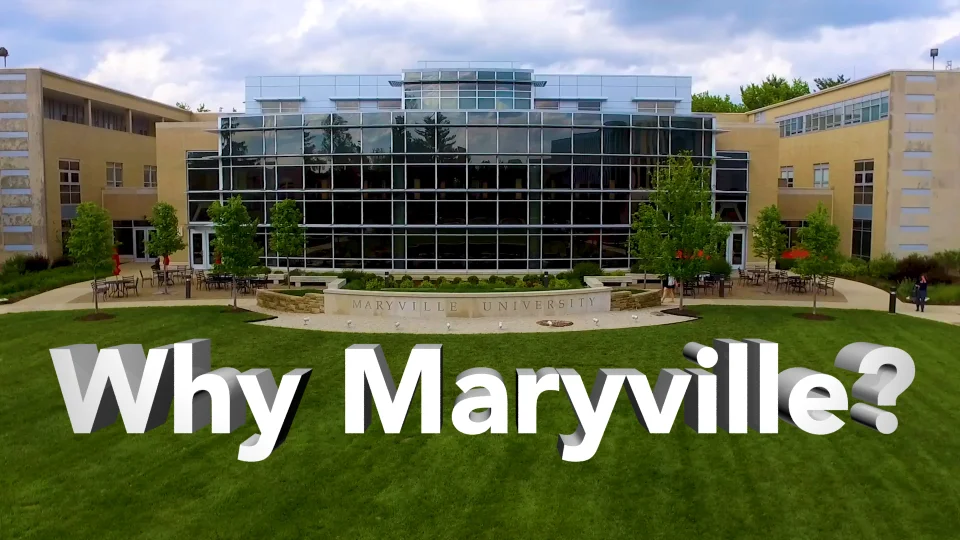
Online Master of Science in Speech-Language Pathology
Learn More Today
Pursue a meaningful career.
We designed our program based on the Big 9 areas of expected competencies established by the American Speech-Language-Hearing Association (ASHA) and the Council on Academic Accreditation for Audiology and Speech-Language Pathology (CAA).
Speech-language pathology can be a rewarding career. In fact, U.S. News & World Report ranked it the No. 11 best job in America for 2023. This is your chance to help patients find their voice and make meaningful connections — and we can help you do it. Let’s be brave together.
Language Pathology of the American Speech-Language-Hearing Association, 2200 Research Boulevard, #310, Rockville, MD 20850, 800-498-2071 or 301-296-5700
Admission requirements:
- Verified CSDCAS application
- Official transcripts from each institution attended
- Relevant bachelor’s degree or certificate from a regionally accredited institution. Approved bachelor’s degrees include:
- B.S. in Communication Sciences and Disorders
- B.S. in Communication Disorders
- B.S. in Speech-Language Pathology
- Another bachelor’s degree or certificate with a communication sciences and disorders/speech-language pathology bridge or leveling program that meets prerequisite course requirements
- Minimum cumulative GPA of 3.00 (on a 4.00 scale)
- Resume
* Applicants that don’t meet GPA may be considered provisional admission.

The Master’s of Science (M.S.) education program in speech-language pathology {residential, distance education} at Maryville University is accredited by the Council on Academic Accreditation in Audiology and Speech-Language Pathology of the American Speech-Language-Hearing Association, 2200 Research Boulevard, #310, Rockville, MD 20850, 800-498-2071 or 301-296-5700




Dynamic, affordable, and highly streamlined.
- Apply with ease via the Centralized Application Service for Communication Science & Disorders Programs (CSDCAS).
- Get the support you need. Whether you need advising, tutoring, counseling, financial aid, or tech support, we’re with you the whole way — from application through graduation.
- Enjoy a dynamic, project-based curriculum. Complete practical experiences and build real-world skills through simulation using innovative programs such as Simucase and MBSImP.
- Learn from industry leaders. Work with our dedicated faculty of experienced, practicing clinicians who help you connect the curriculum to real-world outcomes.
- Prepare for a rewarding career. Get ready to become a state-licensed, ASHA-certified SLP-CCC, and qualify for MBSImP certification.
A New Career
With your speech-language pathology master’s degree, you can work in a variety of settings, including:
- Hospitals and health clinics
- Schools and childcare settings
- Early intervention centers
- Rehabilitation centers
- Skilled nursing centers
- Nursing homes
- Research centers
- Private practices
- Communications-based corporations
- Home health
Why Maryville Online?
We’ve been progressively challenging the norms of higher education for nearly 150 years. We started as one of the first universities to educate women. Today, we continue to push the boundaries and prepare students like you for a digital world. At Maryville, we understand what it takes to step beyond your comfort zone.
Maryville University is a nationally ranked private college recognized for comprehensive and innovative education focused on student learning, outcomes, and success — both online and on campus. We’re located just 22 miles from downtown St. Louis.

